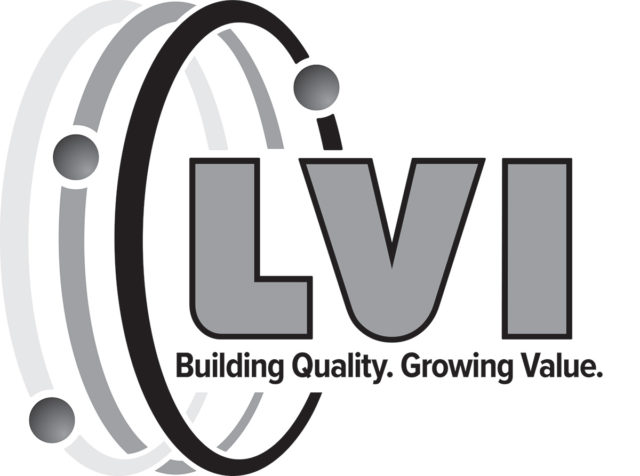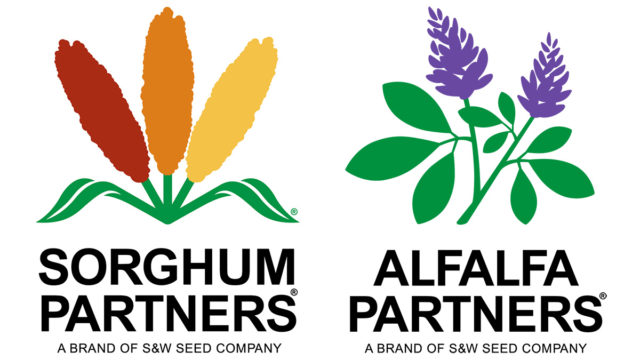Here at the U.S. Embassy, our work is largely with the central Iraqi government. I work with three ministries. My work includes coordinating resources and efforts with international organizations.
Just yesterday, our staff veterinarian and I met with the Food and Agriculture Organization (FAO) representative in Iraq. We met at the U.N. compound here in the International Zone, about a 10-minute car ride from our U.S. Embassy.My knowledge of agriculture outside of Baghdad and away from the ministerial staffs could be limited if I remained in Baghdad for the duration of my assignment. Fortunately, I am traveling outside the city. Certainly the security here is a concern; yes, I wear body armor and live in the protected bubble of a personal security detail, but I can travel. This has not always been the case. And, in fact, just a year ago such travel by embassy personnel was limited.
My role, once outside Baghdad, is ombudsman-like. That is, I am gathering information from farmers, sheiks, businessmen and government officials. I hear their frustrations, write them down and let them vent to me how they feel the central government should work.
Interestingly, many of them that are my age or older do have a fondness for the Saddam Hussein era. A time when the central government in Baghdad supplied nearly all the inputs, controlled food imports and purchased all of the country’s agricultural production. The model was certainly concentrated as a Baghdad-centric method of controlling nearly all aspects of agriculture.
However, the control was somewhat mitigated by the fact that oil revenues accounted for well over 90 percent of the national budget. Therefore, production agriculture was a minor player in terms of the total gross domestic product.
One manifestation of this minor role was the vacant farmland. Because the land is or was primarily government-owned, farmers were somewhat tenant-like, with little equity in the land. For many, moving to cities for a better way of life, or leaving the country entirely during the war years, was fairly straightforward. Farms and farmland were abandoned.
Today, most of the food purchased in Iraq is imported from Iran, Syria, Egypt and Turkey. Most of these foods are heavily subsidized by the originating country, and Iraq does not have a robust tariff for helping mitigate the importation of foods. As you can guess, the Iraqi farmers that are producing today complain about these imports. Thus, they wish for the “old days” when Saddam controlled these imports and gave the farmer what he needed to farm.
Generally, the farmers I talk with are sheiks; they are certainly innovators in their communities, controlling large tracts of land. They have other investments too, such as construction or trucking or retail shops. Most of them have sons that are interested in farming. The younger generation does have more of a global approach to farming. In fact, most of them understand the central government will not likely be what it used to be; the role of the private sector will be the future.
This, then, is what I am hearing: The older farmers believe the central government should control inputs, buy output and control imports. The younger farmers want to reduce the role of the central government and want a more robust private sector.
Two examples are Massey Ferguson tractors and Valley Irrigation in Nebraska. The tractor company has invested heavily in Iraq, supplying not only tractors but the service and parts network that goes with the initial tractor. The irrigation company has installed a huge network of radials in northern Iraq. While both have been facilitated by the central government, the model is shifting towards local ownership, local service and private ownership.
I am hearing two production-like problems in all my visits. The first is the high cost of inorganic fertilizer. Unlike the U.S. and much of the rest of the world, farmers here do not have soil fertility data. Fertilizer was supplied by the government and the application rate was not based on existing soil fertility. In the last two years as fertilizer prices have increased substantially, the impact on fertilizer use has been extraordinary. The central government purchases fertilizer from plants in adjacent countries and still does subsidize the cost to the farmer. This subsidy helps mitigate the high cost. But the amount available is lower; entire tracts of wheat and barley fields show a lack of urea applications. Of course, yields are much lower and the farmers are frustrated.
The second issue is water quantity. Iraq is home to two great river systems – the Tigris and Euphrates. But Syria and Turkey do in part control the flow of these rivers into Iraq (they are upstream), and as drought in this part of the Middle East enters its second or third year, Iraq is left with lower flow rates. So in spite of having a network of irrigation canals, pumps and sprinkler systems, without water they sit empty.
Yet, there is good news. The Iraqi Prime Minister recently announced a renewed interest in revitalizing agriculture. This announcement is on the heels of a national budget significantly reduced, given the large drop in crude oil revenues. Like many other countries here in the Gulf Region, when oil revenues fall, entire national budgets fall too. The answer is obvious: Diversifying a national economy so that multiple industries contribute wealth into the federal treasury.
Certainly we have a huge task ahead. I spend the majority of my time guiding the Ministry of Agriculture towards this revitalizing effort. But I am an ombudsman too, listening and sifting through the dialogue so that I can help the central government move towards a better model.
We are, at the USDA, developing a framework for Iraqi agriculture … for the future. But we are listening to those outside Baghdad, especially those with ideas that move the entire system towards local control and private control.
I have often written of the concept of the rule of law. This concept applies here too. The central government is slowly and positively shifting its attention to the field and to those living in the rural areas of Iraq. The first step is getting them back on farms, then helping them have access to credit so they can purchase the input items at the local level in the private sector. The importation of foodstuffs into Iraq at a heavily subsidized discount cannot be stopped any time soon, but we can help make the case that locally grown produce, especially vegetables and fruit, can be grown, processed and marketed here.
I spent a day at the opening of the Central Euphrates Farmers’ Market in Babil. Here, farmers will rent a booth and sell their produce to urban dwellers. If this sounds remarkably similar to farmers’ markets in our hometowns it is. This is progress, one building and one market at a time.
Finally, I am hearing one more thing from the field. A real desire to join the international community. This transcends agriculture. Everywhere, from the sheiks to those that work in menial jobs at the lowest economic metric, there is interest in rebuilding Iraq, one brick or one province at a time. The Iraqis are tired of war, of stagnation, of wear and tear on their infrastructure. With security vastly improved, the work of commerce, business, education and rebuilding can begin.
From my perspective, the enormous productivity potential on Iraqi farms is yet to be realized. For that, we will accomplish this using the second and third words of the 3D-model, which we all follow in failed or failing states: Defense, diplomacy and development.
Our goal, of course, is completing our work so that we can come home. And perhaps prepare for the next assignment in another part of the world.
For today, in Iraq, I am in your service. PD
Mike Gangwer Foreign Ag Service Soil and Water Ministerial Adviser in Iraq




